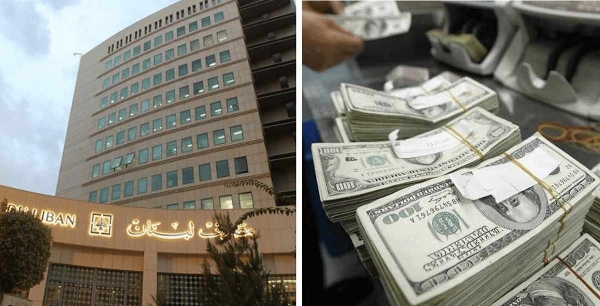Education in Iraq
The Iraqi Baath regime focused much of investments on developing the country’s education. The country underwent a literacy campaign between the 1970s and the 1980s during which literacy levels increased from 52% in 1977 to 80% in 1987 (Gusterson). The number of Iraqi university students also increased, as well the number of other Arab students also studying in Iraqi universities. Since then however, most non-formal education programs have stopped. The first phase of the sanctions meant that the country was no longer allowed to build new schools. Among universities, this translated into a lack of equipment, an absence of any exchanges with universities outside of the country, and a decline in the salaries of academics.
By 2007, 23% of Iraqis were illiterate according to the Iraq Household Socio-Economic Survey. According to the UNESCO office in Iraq, approximately 30% of the rural population of Iraq is illiterate today. As a whole, 5 million people are estimated to be illiterate, including 14% of school-aged children who are not attending school either due to low household income that forces them into the labor force, or due to the absence of proper schooling. A wide gender gap is noted among men and women when it comes to illiteracy rates as they reach as high as 47% among the latter in certain areas. Of the adult population of the country, 22% have never attended school. The numbers demonstrate the extent to which the educational sector of Iraq has deteriorated over the past two decades.
Iraq’s universities that had already lost much of their resources under the sanctions suffered much destruction and looting following the 2003 invasion. Books and lab material were lost and the basic infrastructure of university buildings damaged. Campuses became the sites of sectarian violence and attacks on professors became commonplace, leaving a number of them dead. This drove many teachers and professors to either find other jobs outside education, or to leave Iraq and continue teaching in other countries. According to e-Iraq Building, the online e-governance program in Iraq, teachers were not only driven away by the security situation but also by the poor infrastructure where many buildings were no longer in a condition to host students.
In post-war Iraq, the reform of the educational sector would depend on the availability of funding, the lack of which continues to further jeopardize the sector. On the other hand, whatever funds are available are not adequately managed. The majority of funds are spent on salaries and higher education continues to receive more funding than the lower stages of education. The same applies to urban and rural institutions where the former receives the bigger share. Teachers and administrators are no longer receiving adequate training, which has damaged the quality of education provided to students as well as the standards of schools’ administration.








Leave A Comment